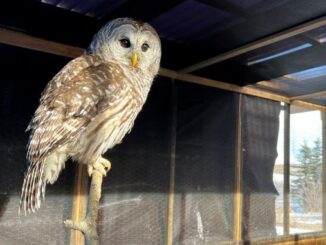One of the harbingers of spring in this part of the country is the first official bear sighting in the mountain parks. With Parks Canada’s announcement that the first Grizzly has emerged from its den, I guess that means spring has officially arrived in southern Alberta. Time to brush up on your bear safety skills and recalibrate your mindset, because now your outdoor adventures in bear country could result in an encounter. Below I have shared some advice about how to prepare for encounters, how best to prevent them, and what to do in the event you meet one while out on the trail.
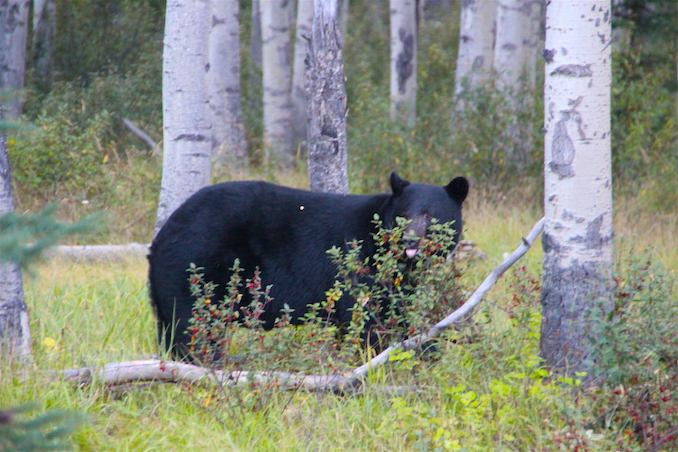
Avoidance is the best approach. There are a number of things you can do in an attempt to avoid bear encounters. Remain alert to your surroundings by keeping your eyes and ears open, which means removing earbuds or headphones. Make lots of noise. Shouting, singing loudly, or calling out regularly will alert bears of your presence, giving them an opportunity to leave the area. This strategy is especially important when travelling near rivers/streams, while in dense vegetation or areas of low visibility, near berry patches, or on windy days. Despite what you may have heard, bear bells are ineffective as they’re just not loud enough while blaring your bluetooth speaker will likely be more successful at annoying your fellow outdoor enthusiasts as opposed to repelling bears. Watch for fresh signs, such as tracks, scat (droppings), diggings, torn-up logs, overturned rocks, or carcasses. Leave the area immediately if these signs appear to be fresh. Dogs can provoke defensive behaviour in bears, so it’s always best to keep them leashed. It’s been proven that larger groups are less likely to encounter a bear, so travelling in tight-knit groups of at least four is recommended. In fact, some trails legally require hikers to travel in groups of four or more when Group Access is in effect. That’s why it’s always important to check both trail reports and bear reports before venturing out. Whenever possible, travel during daylight hours as many wild animals are most active at dawn and dusk. Finally, remember to always carry bear spray and know how to use it.
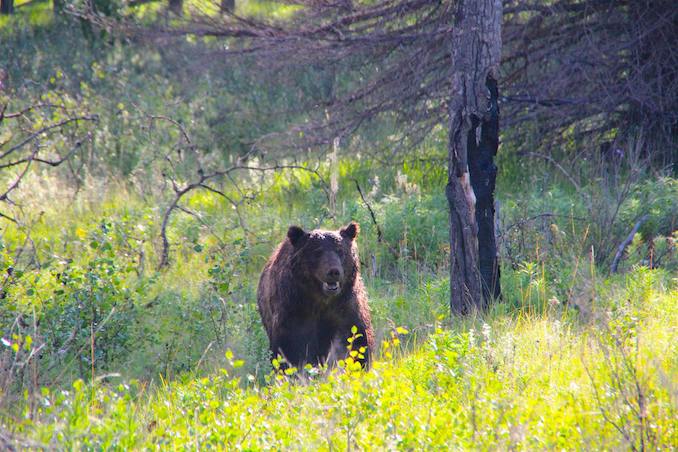
Despite your best attempts at avoidance, sometimes encounters do occur. When this happens, you need to know how to react. If you see a bear, stop what you’re doing, remain calm, and ready your spray. If the animal is unaware of your presence, leave the area quietly, so not to draw attention to yourself. If the bear is aware of you, however, you need to remain calm. Calm behaviour can reassure the bear, whereas sudden movements/loud noises may trigger an attack. Be human and speak to it in a calm, yet firm voice. This indicates that you are not the bear’s typical prey. Back away slowly. Never run, as running may trigger the animal’s chase response. Make yourself appear as big as possible, pickup small children, and remain in a close group. Remember to keep your backpack, hiking poles, and other equipment with you as they can offer some protection in the event of an attack. Bears may approach and rear up on their hind legs. This behaviour may appear threatening, but it’s typically just the bear trying to identify you and find your scent. By now you should have your bear spray in your hands and ready to deploy. Make sure you take note of the direction and strength of the wind before using it.
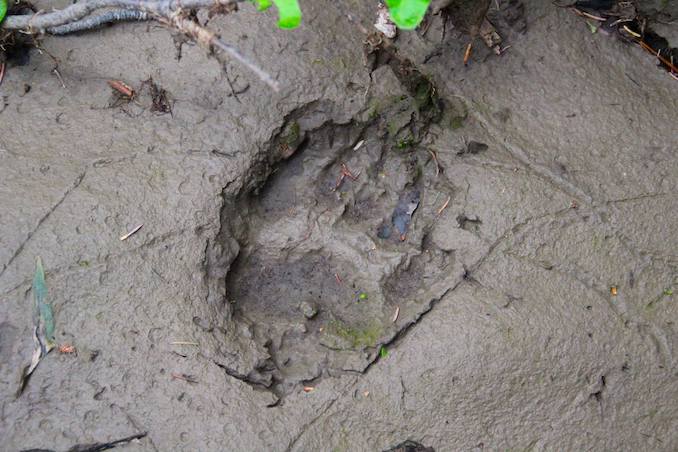
Hopefully this is where the encounter ends, but if the animal approaches you, try to assess the bear’s behaviour and determine why it’s advancing. There are usually two types of encounters, defensive and non-defensive. Defensive encounters occur when the bear is defending something, such as its young or a food source, or it was surprised by your presence. Defensive bears will appear stressed or agitated and may make noise. Appear as non-threatening as possible and speak to the bear in a calm voice. Whenever the bear stops advancing, back away slowly, but if it continues to get closer, you will need to stand your ground and be prepared to use your spray. Keep in mind that many bears may use a bluff charge, which is where the animal will charge at you, but stops short of making contact. If the bear approaches to within 4 metres (or about the length of a car) use your bear spray. Remember to aim for the bear’s face as the spray is only effective if it hits the bear’s eyes, nose, and/or mouth. Non-defensive bears could be considered curious, food conditioned, or testing their dominance, which is more prevalent in younger bears. In the rarest of cases the encounter could be predatory, where the bear may see you as a potential food source. The non-defensive behaviours will appear similar regardless of the scenario with the bear’s focus keenly on you, with its head and ears up. In these scenarios your actions will look different than with defensive encounters. You want to speak in a firm voice and move out of the bear’s path. If it follows you, stop moving and stand your ground. Shout and act aggressively in an attempt to intimidate the animal. Again, if it approaches within 4 metres use your bear spray.
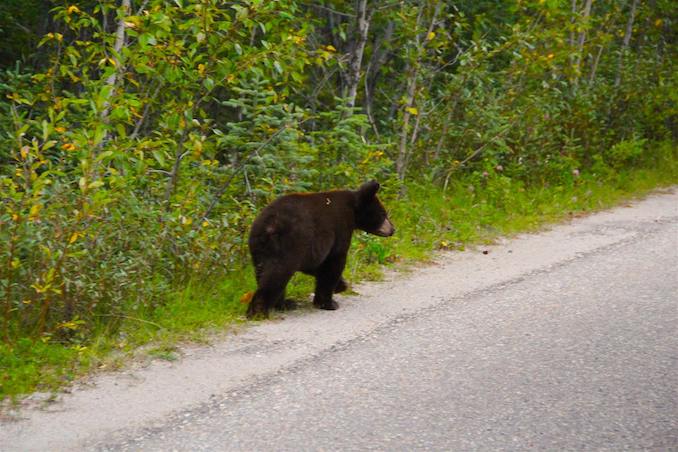
Thankfully, most encounters with bears end without injury, however, if a bear does make contact with you, following these guidelines could increase your chances of survival. As with encounters, there are generally two types of attacks; defensive and predatory. The most common type of attack is defensive and they typically last less than two minutes. Use your bear spray, but if the bear makes contact with you, play dead! This involves laying on your stomach with your legs spread far apart and interlocking your fingers behind your neck. This position gives you the best chance of protecting your face, as well as the back of your head and neck while making it more difficult for the bear to flip you over. Remain in this position until you are sure the bear has left the area. In most cases, injuries caused during defensive attacks are relatively minor. If the attack continues longer than two minutes, it may have shifted to a predatory attack, which means you need to fight back! Predatory attacks are the result of a bear stalking you along a trail before attacking or if an attack occurs at night. Thankfully these types of attacks are very rare. If you suspect the bear is exhibiting predatory behaviours try to escape the scene by entering a building, a car, or climbing a tree. Remember that Black Bears are excellent climbers and you will not be able to out-climb them. If you are unable to escape, do not play dead! You will need to deploy your bear spray and use any means necessary to fight back. Use your bear spray, yell, hit it was branches or hiking poles, throw rocks, basically do whatever it takes to let the bear know you are not easy prey.
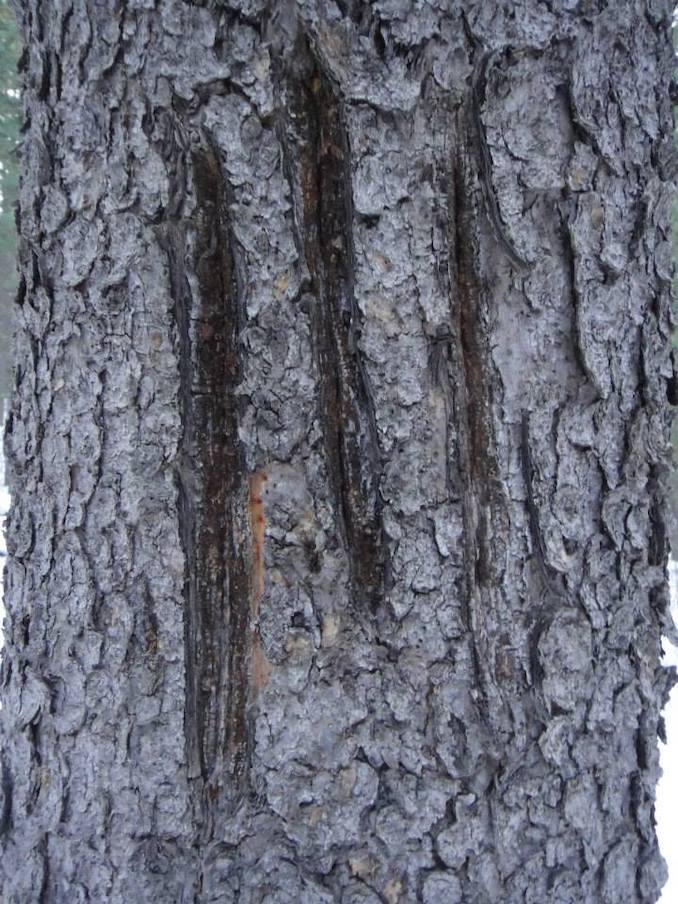
If you happen to see a bear along the road, please slow down and consider not stopping. Bears need to gain enough fat in order to survive the winter and this is better achieved without being disturbed. If you decide to stop, only pull over in areas where it is safe to do so. Be aware of the traffic around you and use your hazard lights to alert other drivers. Always stay in your vehicle. View and photograph the animal from a respectful distance and never, ever feed wildlife. Only stay for a few moments before exiting the scene. It’s commonplace for traffic jams, also known as bear jams, to develop and this congestion makes the scene unsafe for both people and bears.
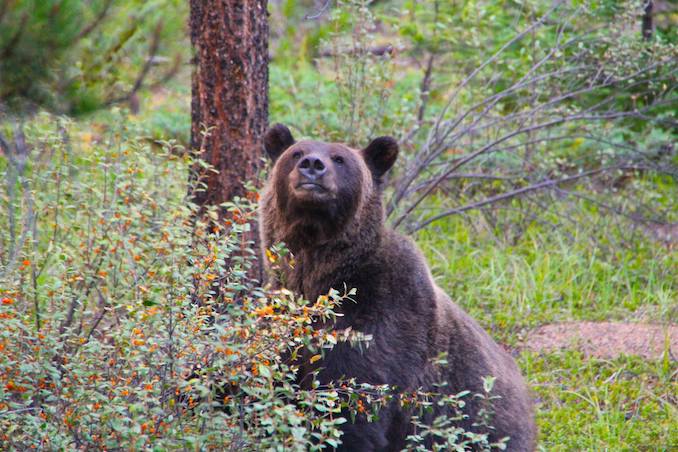
It’s important to familiarize yourself with bear spray before venturing into bear country. You should know how to properly use it, where to keep it on your person, and what the effective range is. Many retailers now sell a combination of bear spray and inert spray. This allows consumers the opportunity to deploy a training spray in order to practice without the risk to themselves or others as this type of spray does not contain red pepper, capsaicin, or capsaicinoids. If you’re unsure where to being, Alberta Parks produced a terrific informative video about how to properly use bear spray. As they say, practice makes perfect!
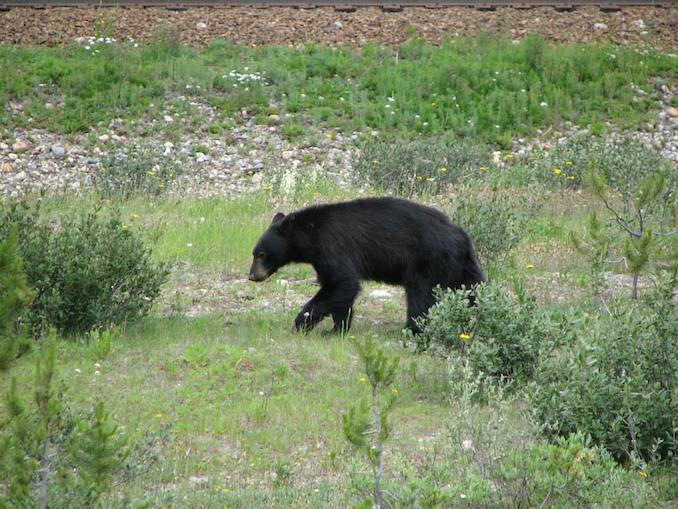
For additional tips about bear safety, including information specifically for cyclists, trail runners, anglers, and backcountry campers, please visit the Parks Canada website, the Alberta Parks website, the Alberta BearSmart Program website, or this Bear Smart brochure. If you’re in K-Country, please report all bear sightings to Kananaskis Country Emergency Services at 403-591-7755 or if you’re in the mountain national parks report to Banff Dispatch at 403-762-1470.

For more bear-specific stories, please see my previous posts including, Product Testing has Gone to the Bears, Vintage Photographs of Bears from Across the Province, The Lair of the Grizzly Bear, and Why We Should Avoid Mount Indefatigable. For additional wildlife safety information, please read Staying Elk Smart This Fall.
Please note, all bear photos included in this story were taken using a telephoto lens from the safety of a vehicle.




